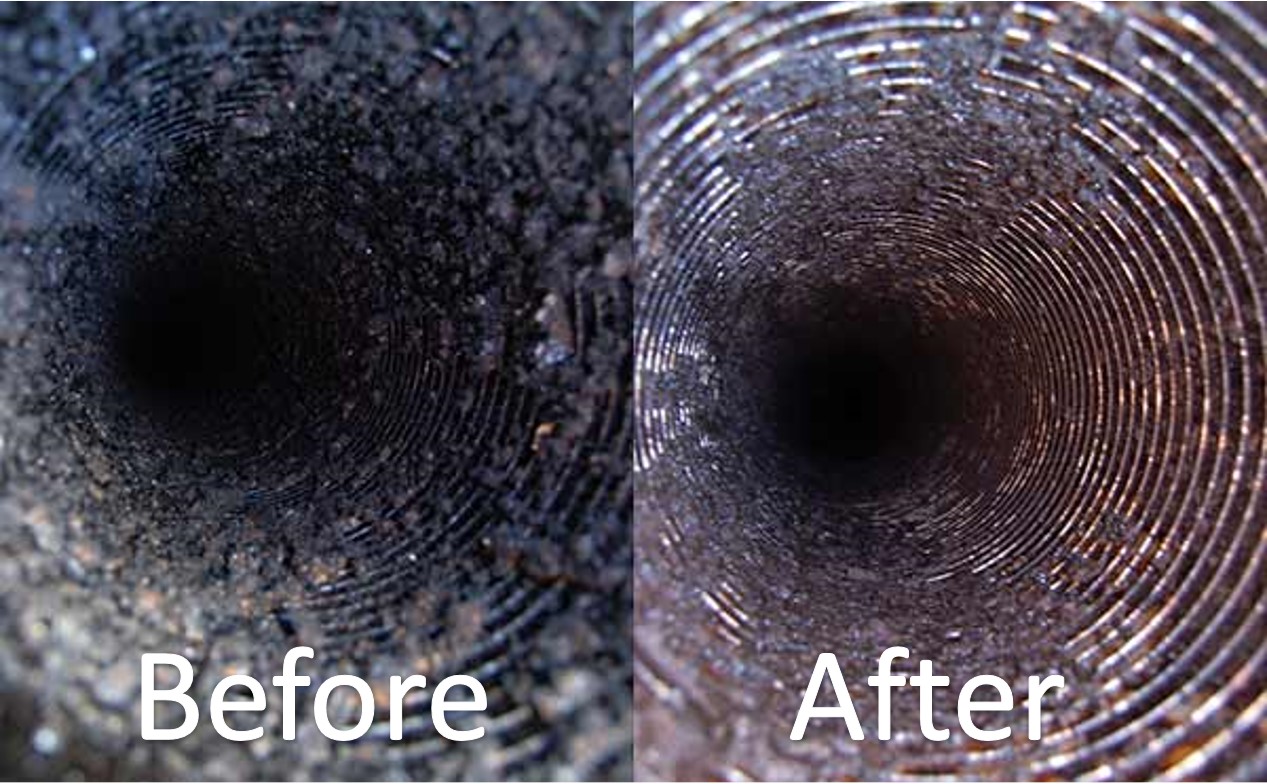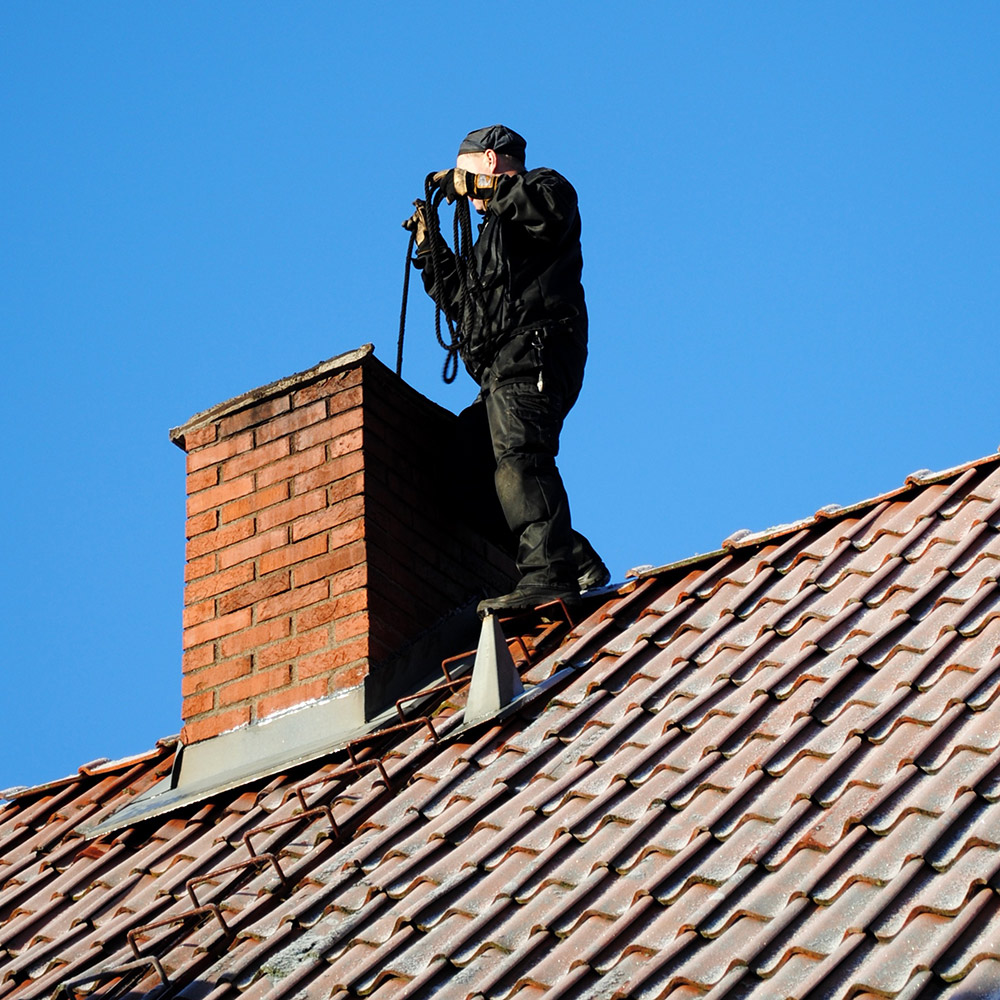Mastering the Art of Chimney Maintenance San Jose: Expert Advice and Strategies
Mastering the Art of Chimney Maintenance San Jose: Expert Advice and Strategies
Blog Article
Expert Tips for Effective Chimney Upkeep You Need to Know
Chimneys serve as crucial parts in numerous homes, supplying heat and comfort. Ensuring their appropriate maintenance is commonly forgotten until problems emerge. Understanding the complexities of smokeshaft care can be the trick to avoid pricey repairs and safeguarding your home and family. From the importance of regular inspections to safe functional techniques, a thorough technique to smokeshaft maintenance is important. Let's explore specialist tips that can aid you maintain your chimney in optimal problem for several years to find.
Relevance of Routine Inspections
Normal examinations of smokeshafts are important for guaranteeing their safety and security and performance. Chimneys play an essential function in airing vent out dangerous gases and maintaining correct air flow in a home. Over time, creosote build-up, debris, and architectural damage can occur within the chimney, positioning serious dangers such as smokeshaft fires or carbon monoxide leaks.
During a smokeshaft assessment, trained experts analyze the condition of the smokeshaft, searching for any kind of signs of damages, clogs, or wear and tear. They additionally check the stability of the flue, smokeshaft liner, and chimney cap to make certain everything is in appropriate functioning order. By identifying and attending to concerns at an early stage, potential risks or expensive fixings can be avoided.
Routine assessments not just help in maintaining the security of the chimney yet additionally contribute to its overall effectiveness. A well-maintained and clean chimney runs more efficiently, making sure correct air flow and reducing the threat of indoor air contamination. For that reason, organizing annual chimney assessments is a positive procedure that home owners can require to shield their residential property and loved ones.
Cleaning Techniques and Regularity
Keeping the security and efficiency of a chimney entails not just routine evaluations but additionally implementing ideal cleansing methods and identifying the optimal frequency for cleansing. Smokeshafts must be cleaned up by a professional chimney sweeper a minimum of annually, even if they are not frequently made use of. If the smokeshaft is made use of consistently, particularly with wood-burning cooktops or fire places, it may call for more constant cleanings to prevent the accumulation of creosote, a highly combustible substance that can lead to smokeshaft fires.
The cleansing process generally entails eliminating creosote, soot, and debris from the chimney flue, smoke chamber, and firebox. Expert chimney sweeps usage specialized vacuums, brushes, and tools to guarantee thorough cleaning without developing a mess in the home. Additionally, they check the smokeshaft's framework for any indications of damage or use that might require repair work. Home owners should never disregard smokeshaft cleansing, as it is important for preserving a functional and safe chimney system - Chimney Maintenance San Jose. Routine cleansings not just reduce the risk of chimney fires but likewise enhance the smokeshaft's overall performance and longevity.
Resolving Smokeshaft Leaks

When resolving chimney leakages, extensive examination and timely repair work are critical to stop water damage and preserve the architectural integrity of the smokeshaft,. Leaks in a chimney can bring about severe concerns such as mold development, wear and tear of the smokeshaft structure, and even possible fire risks. To properly deal with smokeshaft leaks, begin by evaluating the chimney cap, crown, blinking, and stonework for any indications of damages or wear. Chimney caps must be firmly in position to stop water from entering, while the crown and blinking need to be intact and appropriately secured. Any fractures or voids in the stonework should be repaired immediately to prevent water seepage. In addition, consider waterproofing the smokeshaft to offer an extra layer of security versus dampness. Routine maintenance and assessments can assist discover and attend to smokeshaft leakages early, conserving you from costly repair work and making sure the safety and security and longevity of your smokeshaft.
Understanding Creosote Accumulation
To comprehend the prospective hazards of creosote build-up in smokeshafts, it is vital to acknowledge its formation procedure and influence on chimney performance. Creosote is a black or brown tar-like material that collects inside chimney systems anchor when wood or fossil fuels are melted. As smoke climbs with the smokeshaft, it cools down and condenses, bring about the development of creosote, which abides by the smokeshaft wall surfaces.

Normal smokeshaft inspections and cleanings by a professional chimney sweep are important in protecting against creosote accumulation and making certain the secure procedure of your smokeshaft system.
Safe Procedure Practices
Carrying out appropriate security protocols is vital for the safe and reliable operation of chimney systems. When using a fire place or wood-burning cooktop, it is critical to adhere to certain security practices to stop possible dangers. First of all, always ensure that the smokeshaft is properly checked and cleaned frequently to remove any kind of creosote accumulation, which can lead to smokeshaft fires. Clicking Here In addition, use a tough screen or glass door before the fireplace to stop embers or stimulates from causing a fire and getting away in your home. It is additionally important to never ever overload the fireplace with extreme quantities of wood, as this can bring about overheating and prospective architectural damage.
Moreover, make certain to only shed skilled wood in your fire place, as damp or green timber can produce even more creosote and cause harmful smokeshaft clogs. Lastly, never leave a fire neglected and always make certain the fire is totally snuffed out prior to going to sleep or leaving your home. By complying with these risk-free procedure techniques, you can appreciate a cozy and cozy fire while making sure the security of your home and liked ones.
Verdict
In verdict, preserving your smokeshaft is vital for ensuring its safety and security and effectiveness. Normal assessments, proper cleansing techniques, resolving leakages, handling creosote build-up, and adhering to safe operation methods are vital aspects of chimney maintenance.
Over time, creosote accumulation, debris, and structural damages can occur within the smokeshaft, positioning severe risks such as chimney fires or carbon monoxide leakages.
If the chimney is utilized regularly, specifically with wood-burning stoves or fireplaces, it might call for more regular cleansings to prevent the informative post accumulation of creosote, a very combustible substance that can lead to chimney fires. (Chimney Maintenance San Jose)
To recognize the possible risks of creosote accumulation in smokeshafts, it is important to acknowledge its development procedure and impact on chimney performance. As smoke increases via the smokeshaft, it cools and condenses, leading to the formation of creosote, which adheres to the chimney wall surfaces.
Constantly make certain that the smokeshaft is professionally examined and cleaned up consistently to get rid of any creosote buildup, which can lead to chimney fires.
Report this page